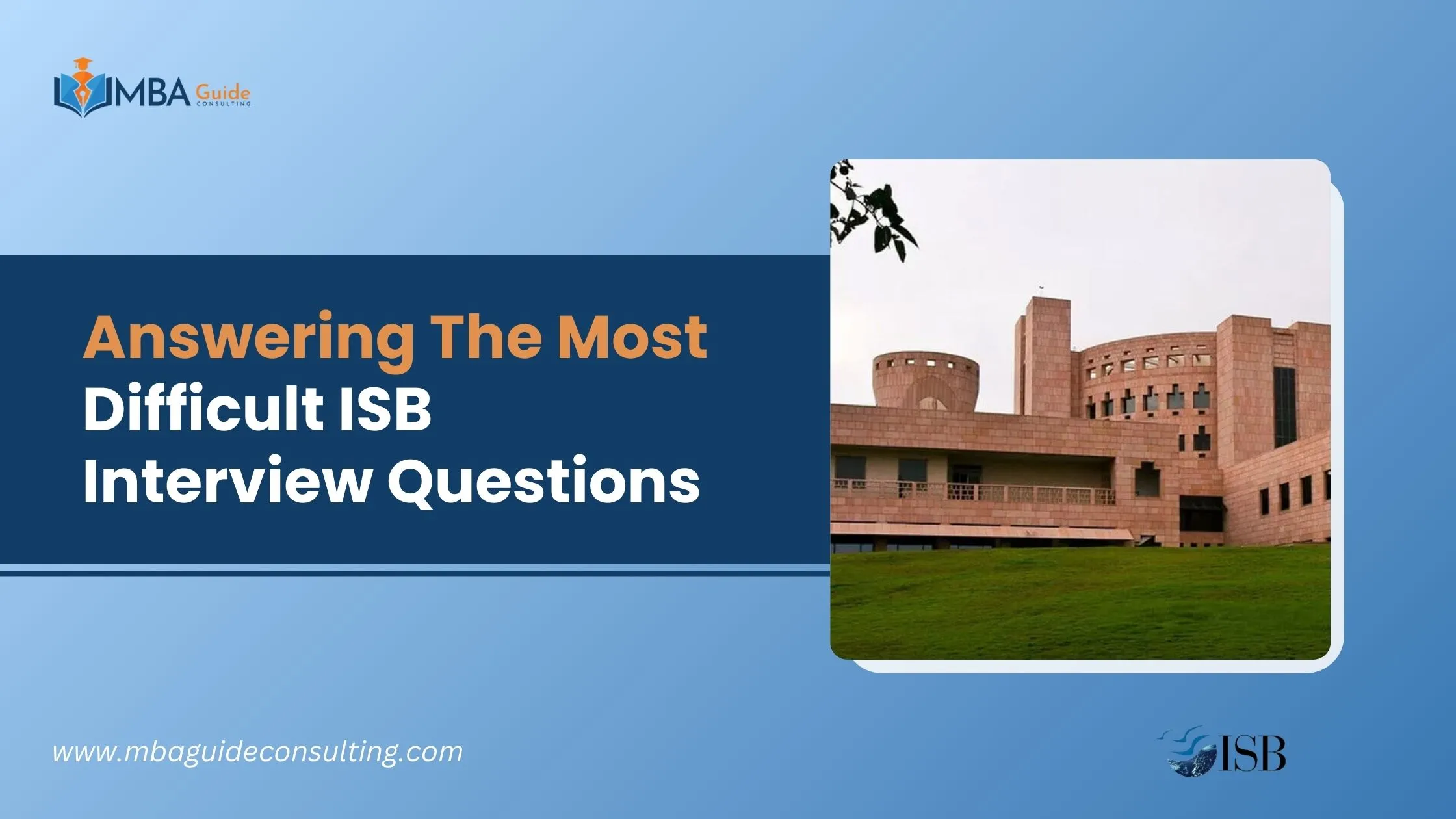We often hear MBA aspirants’ concerns regarding multiple job switches and the need for more confidence in addressing the same in essays and during interviews. There is a widespread belief that numerous job transitions indicate a weakness in the applicant’s professional experience, and this is far from reality, as we have observed helping applicants with more than four job changes and employment gaps get into the top worldwide MBA schools, even in late rounds and with full ride scholarship.
I hope this example will help you to see how a lack of awareness about the application might blindside the applicant and prevent him or her from providing what the admissions committee is looking for.
What applicant “A”, with over four job changes, believes admissions officers will think
1.The applicant has not shown any loyalty toward his employers. Perhaps he is too money minded or not good with people.
2. The applicant has changed several jobs; he may need help to get a job post-MBA when recruiters see his job hopping history. This is a weak point.
What admissions officers really think about applicant “A”s job switches as they read through the application or when they interview him
1. So the applicant has been in several jobs. The person may have donned multiple hats and had a variety of experiences. We look forward to learning about all the different kinds of exposure this applicant had at various jobs.
2. Let’s look at the duration of the applicant’s tenure with each company. Perhaps the applicant started at an entry-level job, but given his growth mindset, he decided changing jobs was one way to mitigate stagnation. Better career prospects and a decent salary are sometimes both professional and personal needs (and we all know this!).
3. Let’s evaluate whether the many roles this applicant did at various companies show a rational progression toward the goals he is trying to achieve in the mid to long term. Has the applicant, in his essays, addressed his thought process behind changing companies frequently? We would also ask the same during the interview.
4. Let’s look at the recommendations; if the recommendations are strong and from any previous managers and supervisors, it is a sign that the applicant is on good terms with his ex-managers or senior colleagues and made highly valuable contributions irrespective of his brief tenure at the company.
The supervisors from current and previous organizations have great things to say about our candidate; This assuages our concern about multiple job switches.
The key to building your case for multiple job switches is to leverage your whole application to structure your career development toward the decision that has finally taken you to consider an MBA. Having many job switches is okay. However, if they have been aimless, it is a gap area. Bring onboard strong advocates from your previous organizations as recommenders, especially if you have been asked to submit more than one letter of recommendation. Some valid and plausible reasons that can further support your argument for multiple job stints might be
A. Personal reasons related to health, family emergency, and so on
B. Better job prospects elsewhere. Make sure to identify key decision factors such as a better learning and growth opportunity, compensation, leadership position, international exposure, etc.
C. Laid off due to company restructuring or the company shutdown.
D. Taking a break.
The employment gap is a dreaded subject for job seekers and MBA applicants alike. Our insecurities surface when we fear being judged. But optimistically speaking, the employment gap can also be seen as an opportunity to pursue passion projects or activities that add meaning to our lives. Taking a break and the employment gap from a chaotic work life is entirely acceptable. However, your conviction to stay productive and learn a new skill during the break or employment gap will serve you well for the MBA profile.
Feel free to reach out for more personalized advice




